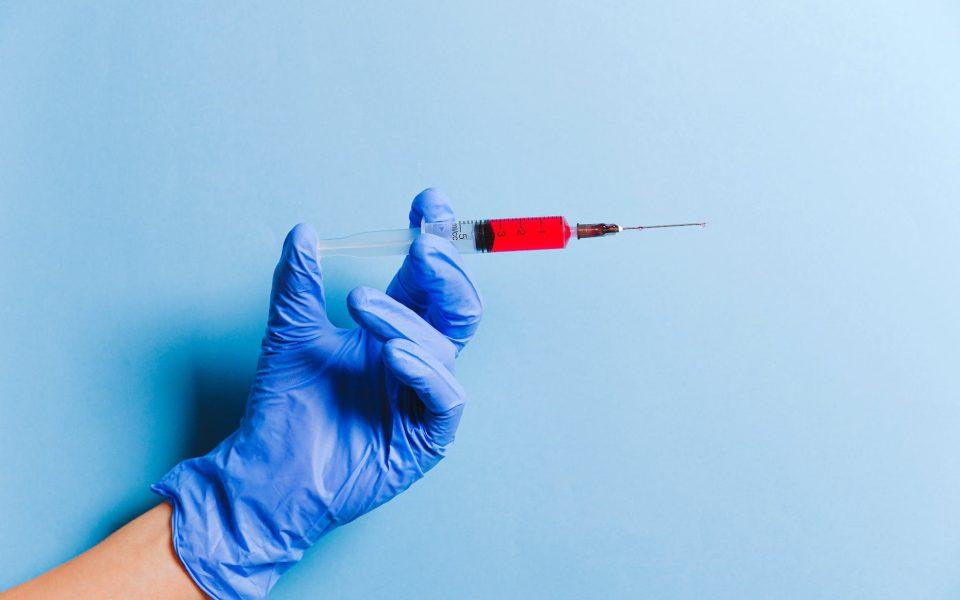This article is by StatePoint Media Inc.
While it can be tempting to think of the pandemic as something that occurred in the past, the reality is that COVID-19 continues to be a significant burden in the United States. As of November 2022, there are more than 39,000 new cases, more than 3,000 hospitalizations and about 350 deaths attributable to COVID-19 each day.
“We’re not out of the woods yet,” says Albert A. Rizzo, M.D., chief medical officer for the American Lung Association. “That’s why it’s so important for those at high risk to understand when to test for the disease and to learn more about available treatment options.”
In response to the evolving science, the American Lung Association, with support from Pfizer, aims to encourage older adults, people living with chronic lung disease and other high-risk individuals to speak with their healthcare provider about their treatment options if they test positive for COVID-19.
Testing
Cold and flu season is upon us, and we will continue to see increased cases of infectious respiratory diseases, including flu, respiratory syncytial virus (RSV) and COVID-19. If you experience symptoms that could be COVID-19, get tested right away. Keep in mind that many infectious respiratory illnesses have similar symptoms, so during flu season, it’s especially important to get tested to find out which virus you have and which treatment is right for you.
If you’re exposed to COVID-19 but don’t experience symptoms, you should also test at least five days after the exposure, with day 0 being the day of contact. You may also consider getting tested prior to visiting someone at high risk for severe COVID-19 illness.
If you test positive for COVID-19 and are high risk, speak with your healthcare provider right away about available treatment options.
Treatment
Treatment may help prevent severe illness and reduce the risk of hospitalization. Depending on your situation, your healthcare provider may prescribe one of the following:
• Oral antiviral medications, which may reduce the spread of COVID-19 throughout the body by stopping the virus from making copies of itself. This medication should be taken as soon as possible after diagnosis and within five days of symptom onset.
• Monoclonal antibody treatment, an IV infusion antiviral medication, can help your immune system fight off the virus by blocking and limiting the amount of virus within the body. This medication should be given as soon as possible, and within seven days of when you started feeling ill.
After treatment, be sure to monitor your condition and report any lingering or worsening symptoms to your healthcare provider. If you begin having difficulty breathing or any other symptom indicating severe illness, seek urgent care.
For more information about COVID-19 testing and treatment, visit Lung.org/treating-COVID.
“While effective treatments can help prevent severe illness after infection, vaccination is still the best protection against COVID-19,” says Dr. Rizzo. “Keep your vaccinations up to date. Check with your healthcare provider to see if you’re eligible for an updated booster.”
Join the First Amendment Society, a membership that goes directly to funding TCB‘s newsroom.
We believe that reporting can save the world.
The TCB First Amendment Society recognizes the vital role of a free, unfettered press with a bundling of local experiences designed to build community, and unique engagements with our newsroom that will help you understand, and shape, local journalism’s critical role in uplifting the people in our cities.
All revenue goes directly into the newsroom as reporters’ salaries and freelance commissions.


Leave a Reply